
DocuBox HD
Dokumentāls kanāls, kur tiek piedāvātas filmas, seriāli un programmas par savvaļas dabu, zinātni, cilvēci un pasaules kultūru
-
01:00
Spain's Last Lynxes (Spain's Last Lynxes)
Spain's Last Lynxes (Spain's Last Lynxes)
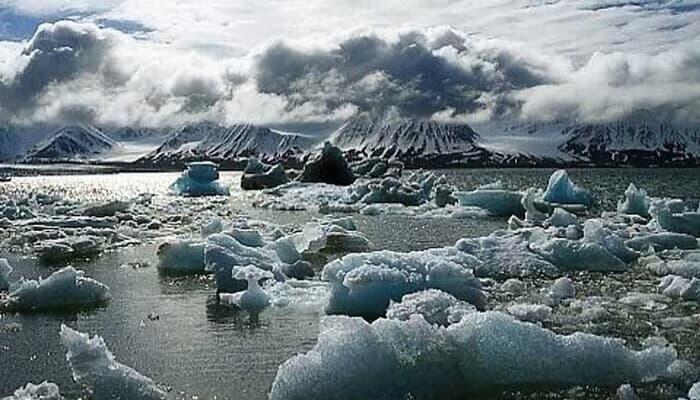
10 years ago, Europe almost witnessed the first dying out of a predatory cat since the sabre-toothed tiger when only about a hundred Iberian Lynxes remained in existance. Still today, the Iberian Lynx is one of the most threatened species of predatory cat in the world. The documentary accompanies animal rights activists in their struggle to preserve and resettle the world's last lynxes. The current plan is to move the cats to safety.
-
01:55
Mediterranean, In the Cetacean Footsteps (Mediterranean, In the Cetacean Footsteps)
Mediterranean, In the Cetacean Footsteps (Mediterranean, In the Cetacean Footsteps)
This documentary explores the paths of knowledge of Mediterranean Cetaceans.\nWith scientists, veterinarians, representatives of associations, amateur or professional fishermen, we discover these mammals as well as major issues looming over their presence in this particular area of the globe.\nThrough their very survival in the Mediterranean Sea we have a natural barometer of the """health level""" of the local ecosystem. We focus on follow various peoples during their missions on a daily basis. All with a clear stated desire in mind, that being to look through the prism of this human mosaic working on the species survival... and thus contributing on sustainable development.\nThis assembly has the potential to increase by tenfold the general public interest towards these sea creatures.
-
02:50
Zenith - Advances In Space Exploration (Zenith - Advances In Space Exploration)
Zenith - Advances In Space Exploration (Zenith - Advances In Space Exploration)
Zenith – Advances in Space Exploration reveals these latest developments and the implications they hold for all of us.
-
03:15
Zenith - Advances In Space Exploration (Zenith - Advances In Space Exploration)
Zenith - Advances In Space Exploration (Zenith - Advances In Space Exploration)
Zenith – Advances in Space Exploration reveals these latest developments and the implications they hold for all of us.
-
03:40
Sarah Shark (Sarah Shark)
Sarah Shark (Sarah Shark)
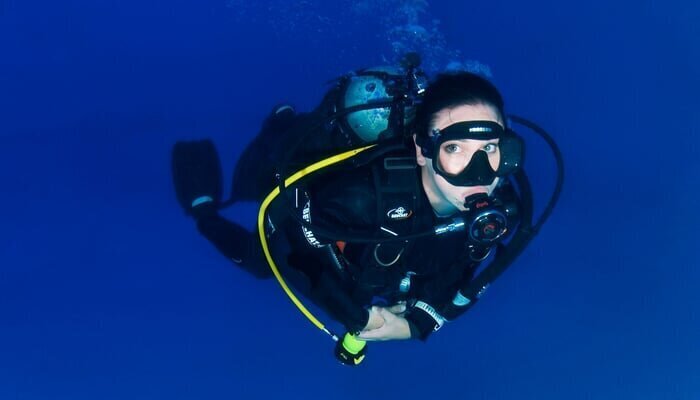
Sarah travels to one of the top 10 dive destinations in Australia (Julian Rocks, Byron Bay, NSW) to dive with three species of Wobbegong Sharks within the Cape Byron Marine Park. She also conducts a street poll with members of the public to find out what they think about sharks.
-
04:05
Travel Thru History (Travel Thru History)
Travel Thru History (Travel Thru History)
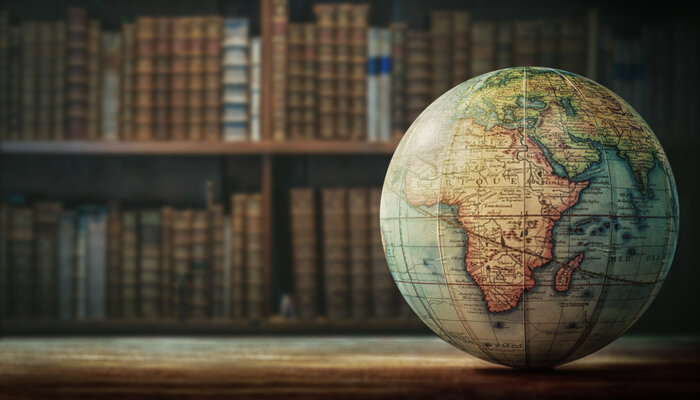
We've got our own private Idaho in Boise. We'll tour one of the most stunning buildings in the frontier west at the Idaho State Capitol, dance all night with the Basques at the Basque museum and cultural center, soar to new heights at the Warhawk Air Museum in Nampa, and get a shiver down our spines at the Idaho state penitentiary.
-
04:30
Wonder (Wonder)
Wonder (Wonder)

Seg 1 Chromatic Adaptation. Chromatic adaptation is the ability of humans to adjust to changes in brightness to keep up with the appearance of colors. this is the reason why we are able to perceive colors properly even though lighting in real environments change constantly. Seg 2 Color-changing animals. Color changing in animals are developed adaptations which the animals use for various applications such as signaling their species or as a way to hide from predators. Animals that can change color have specialized cells called chromatophores that can alter pigmentation and light reflecting properties. Seg 3 How do we see the color pink. We are able to see pink because our brains are able to perceive variations in light and color. Although pink as a wavelength does not exist in the light spectrum, it is our brains that processes light in a such a way that we are able to perceive combinations of colors thus giving us a way to see colors like pink. Seg 4 Blue wings, blue feathers. Blue rarely exists in nature. But due to evolution, structural features in the wings and feathers of some animals allow light to bend in ways that make it possible to reflect the color blue. Seg 5 Snow camouflage. Snow camouflage, is a type of camouflage that certain creatures use to hide during winter. It is typically characterised by differing shades of grays and whites.
-
05:00
China Uncovered (China Uncovered)
China Uncovered (China Uncovered)
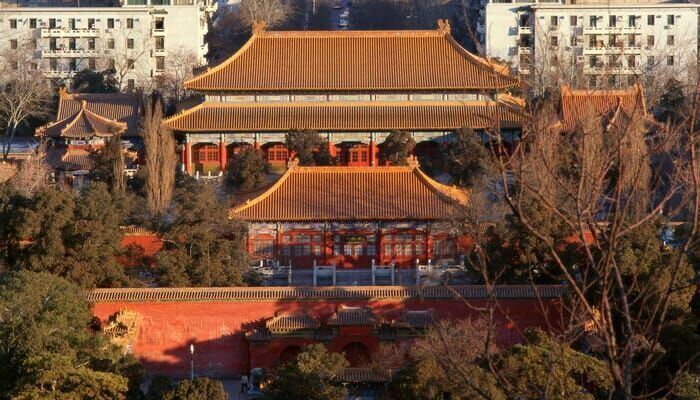
Fashion designer Ji Cheng has shown her designs at London fashion week and, like beauty stylist A Zhi, is beginning to challenge the monopoly of Western brands in China. New levels of expendable income mean the wallets of the wealthy elite are helping fund this rising beauty scene and creating a market for luxury goods for shrewd businesswoman Felicity Feng. Expats from everywhere are trying to gain a foothold in this blossoming city, but can they handle its lightning speed?
-
06:00
A Year in the Wild (A Year in the Wild)
A Year in the Wild (A Year in the Wild)
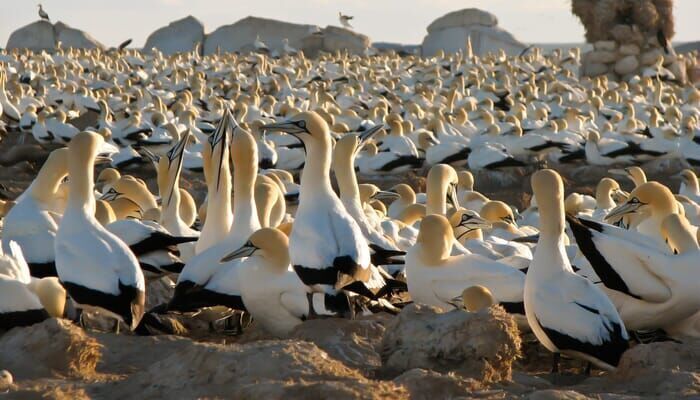
As a new year starts in the heart of Africa, the rainy season has come to the Okavango Delta in Botswana, and with it begins a season of plenty and the luxury of permanent and abundant water sources. In South Africa's Hluhluwe-Imfolozi Game Reserve, a group of rare samango monkeys take advantage of the abundant fruit born by a large Natal fig tree. In Thailand, a group of rhesus macaques have discovered a mango tree, and are busy feeding and stuffing their throat pouches with the fruit. Back in the Okavango Delta, the rains have also brought large buffalo herds back to the Xakanaxa area, the territory of a powerful pride of lions. Life and death are also a close-run thing for young gannet fledglings on their massive breeding colony of 50.000 birds on Malgas Island off the South African coast. As the young birds attempt to spread their wings and take to the air, some end up in the water. Many young animals have to run a gauntlet early on in life, and as a young loggerhead turtle hatches out of its egg and emerges from the sand on a beach in Mozambique, it faces a gruelling journey from its nest on the beach down to the sea. African penguins, too, are adapted to life at sea, but rest, breed and mate on land. Penguins elsewhere in the world face an almost unbelievable challenge to breed and rear their young. When it comes to raising animals, the African plains are no more forgiving than the sub-Antarctic. At this time of year, the Serengeti plains in Tanzania are teeming with herds of wildebeest and zebra with their young. Predators are never far away. In a Thai forest, stingless bees are busy building a cone-shaped nest in a tree, combining forces for the greater good of the colony. Kamfers Dam in South Africa is one of only four breeding colonies of Lesser Flamingos, at times reaching up to 50.000 birds. The sun sets over the spectacular sight of thousands of flamingos, straining the water for food and taking to the air.
-
06:45
European Islands (European Islands)
European Islands (European Islands)
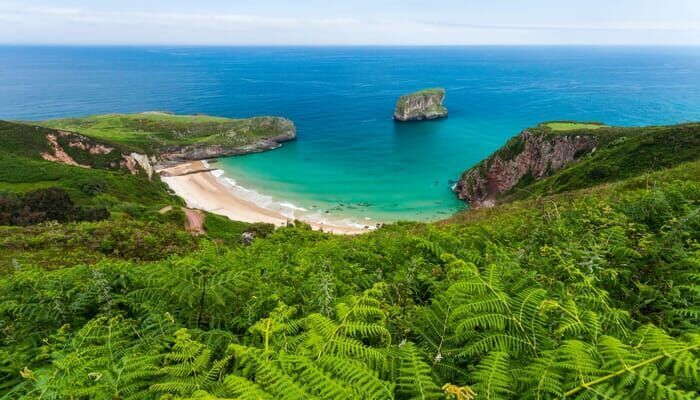
The European islands are renowned primarily for their hotel resorts. However, we will show you a completely different face of theirs: forests, beaches, coves, mountains, valleys and rivers. Perhaps you will find places that will take your breath away. Why just lie on the beach when there is so much to see? Put on some good hiking shoes, pull your shoelaces tight, and get to know the entire island like the back of your hand.
-
07:20
Oh, Dior! (Oh, Dior!)
Oh, Dior! (Oh, Dior!)
Sabbatical Entertainment's exclusive original documentary admires Christian Dior, the famous French fashion designer whose post–World War II creations were wildly popular and whose legacy continues to influence the fashion industry.
-
08:05
Of Boats And Men (Of Boats And Men)
Of Boats And Men (Of Boats And Men)

Travelling by boat bears a priceless sense of Freedom and offers endless new vistas to all passengers. Across waterways around the world Boats are an essential tool of daily life whether they carry goods, serve as utilities or services in remote areas.
-
09:00
Nature's Force (Nature's Force)
Nature's Force (Nature's Force)
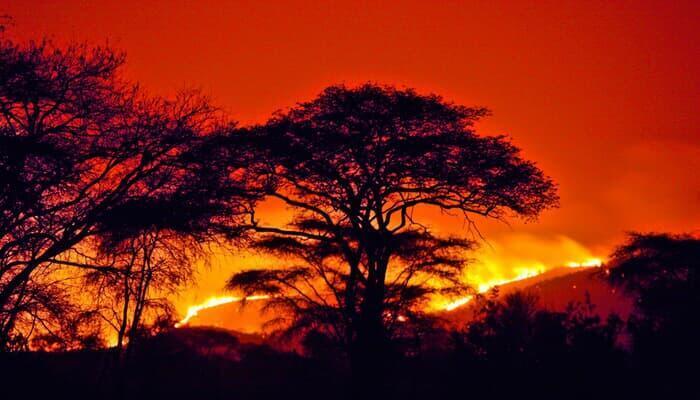
Weather is universal and it's also Extra Terrestrial. Learn about space weather and how it can impact us on earth. Supercells are unique storms that scientists have learnt to measure into three types. Under the earth's crust, nature is extremely energetic, and we see this through the Volcano which acts as our eye into the forces beneath our feet. Learn about the purple buzzing glow called St Elmo's Fire, how it was named and were to look for it.
-
09:30
Nature's Force (Nature's Force)
Nature's Force (Nature's Force)

The beauty, magic, and the science behind the Auroras at both ends of the earth, show them to be more than just a protective magnetic layer. The technology used to measure Wind Speed is finely calibrated with an interesting formula. The Tides remind us of our connection to the moon and our place in the solar system and are monitored for any significant change can have implications for industry, communities, and our ocean life. Earthquakes often make news headlines so how are they measured and predicted and what can we learn from them about our planet? Acid Rain is a manufactured weather event, the result of manmade industry mixing with nature to result in international treaties to lessen emissions and pollution.
-
10:00
New Zealand's Race Of Excesses (New Zealand's Race Of Excesses)
New Zealand's Race Of Excesses (New Zealand's Race Of Excesses)
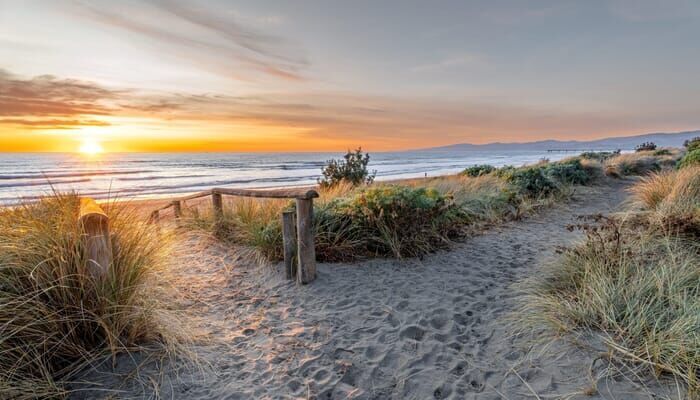
A plunge into New Zealand's Ultramarathon preparations, a tradition that comes from a Maori legend. 55 year-old Lilac Fley is an athlete and many times winner of the extreme race. A Maori legend dictates the course of the Ultramarathon. It tells the story of a boy who once lived with his tribe on the New Zealand coast. One day his mother asked him to search for some kumaras, or sweet potatoes, for a meal. Instead of digging for them, he decided to steal some from the neighboring tribe. Till this day, runners follow in his footsteps along the coastline - during New Zealand's most famous marathon.
-
10:55
Wonder (Wonder)
Wonder (Wonder)

Seg 1 Iridescence. Iridescence is the phenomenon where surfaces reflect a multitude of colors at once and could change color perspectives upon shifting the angle of viewing. Iridescence is caused by interference, where light gets reflected or cancelled out by the structures of the surfaces. Seg 2 Chemiluminescence. Chemiluminescence is the phenomenon of producing light energy through chemical reactions. The byproduct of a chemiluminescent reaction, instead of heat energy, is a photon or a light particle. Only selected compounds are capable of producing chemiluminescence, usually highly oxidized compounds when reacting with another compound. Seg 3 Bioluminescence. Bioluminescence is a form of chemiluminescence, only that this occurs in living things. Special compounds collectively called as luciferin oxidizes upon catalysis by enzymes called luciferase, producing oxyluciferin. Upon decay, oxyluciferin releases photons or light particles. Bioluminescence serve different functions for each organism, but all for survival purposes. Seg 4 Gemstone Coloration. A gemstone acquires its color through elements that are essential to its structure or through impurities, or elements that replace some of the metallic ions in the structure that will affect which colors in the visible spectrum gets absorbed or reflected. Seg 5 Mechanical Plant Defenses. Mechanical plant defenses demonstrate how survival instincts are incorporated into plant morphologies and physiologies by growing or producing various defensive features such as thorns, spines, and prickles to the less obvious ones like trichomes and raphides and less aggressive forms of defense like thigmonasty.
-
11:30
Wonder (Wonder)
Wonder (Wonder)

Seg 1 Visually-Evoked Auditory Response. VEAR or Visually Evoked Auditory response is the type of auditory perception where our brains perceive to hear sounds in response to seeing something. In the case of the jumping pylon illusion, a thud sound is perceived even though there is no sound accompanying the animation. Seg 2 Retinal Fatigue. Retinal fatigue is the term used to describe the condition when the photoreceptors in our eyes become tired or strained due to staring at one color for extend periods of time. The effect causes an afterimage of the complementary color to appear out of nowhere and will be temporarily visible for a few seconds. Seg 3 Müller-Lyer illusion. The Müller-Lyer illusion is an optical illusion where parallel lines of the same length appear longer when perceived with different pointed arrowheads drawn at the ends. Possible explanations suggest that our minds tend to look at overall length rather than just the line's parts or segments when processing the image. Another possible explanation is that our minds tendency to look at angled lines and perceive patterns of depth. Seg 4 Ames Room. The Ames room is a specially constructed room that features a distorted and skewed floor plan. when viewed from one angle, our brain is tricked into thinking that the perspective of the rooms is normal but when a person walks from one end to another the distorted floor angle makes it look as if the person changes size drastically. Seg 5 Synesthesia. Synesthesia is a genetic condition that is present in at least 4% of the human population. People with synesthesia have hyper connected neurons that allow them to perceive a stimuli as interconnected with different senses. An example of which is the ability to see color while hearing sounds.
-
12:05
Autists, A Place Among the Others? (Autists, A Place Among the Others?)
Autists, A Place Among the Others? (Autists, A Place Among the Others?)
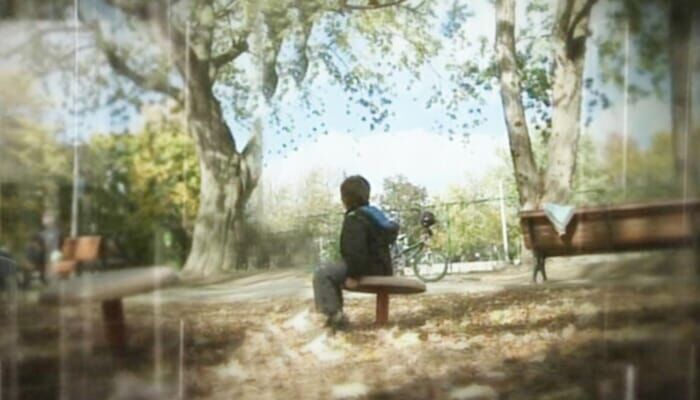
Autism remains a mystery. People with autism will live with this disorder all their life and our societies are all facing the same question: how to take care of them? France lags behind on this subject. Comparing the experiences of other countries, Italy, Sweden, Germany, and Quebec, we will clarify the French situation and demonstrate that practices exist and allow to improve significantly the autist's life. Every time it comes to real societal choices that reveal our various ways to approach difference. But there are in any case, no simple answers to this complex problem.
-
13:00
My Dubai (My Dubai)
My Dubai (My Dubai)
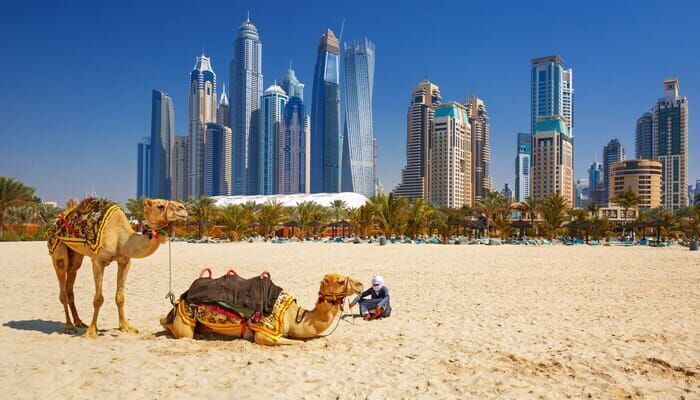
Family - Atlantis the Palm resort with its dolphins, seals and water park, desert experiences such as dune bashing, falcon flying and camel riding, indoor skiing, the world's largest shopping mall, and Kidzania.
-
13:30
My Dubai (My Dubai)
My Dubai (My Dubai)
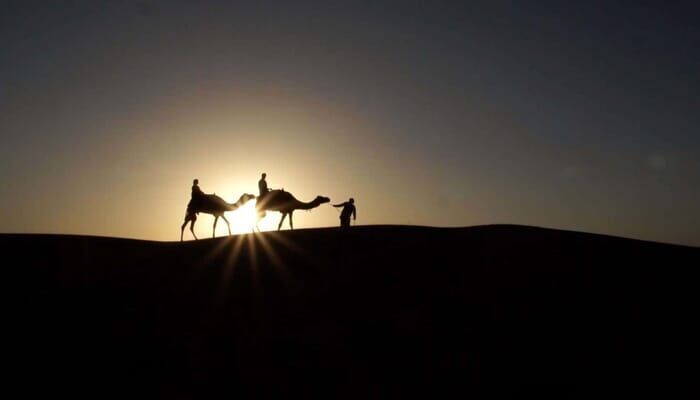
Culture - Features a recreated Bedouin camp with a Bedouin elder giving insight into their rich culture, the Sheikh Mohammed Centre for Cultural Understanding, the gold and spice souks, art of caligraphy and the Emirati style of dressing.
-
14:00
The Tech Effect (The Tech Effect)
The Tech Effect (The Tech Effect)

In this episode we look at some of the ways technology is helping us solve the big environmental problems of our age. From satellites that map sea surface height, to the development of sustainable fuels such as hydrogen, scientists are using their ingenuity to find answers that will enhance our lives in the future. An aircraft that runs just on solar power, a tech company that's using its mapping expertise to fight floods and a farmer using futuristic technology to protect his tomato plants are among the innovations profiled in this episode.
-
14:25
The Tech Effect (The Tech Effect)
The Tech Effect (The Tech Effect)

In this episode we visit the home of the future, a place where automation, robotics and connectivity combine to create an easier and more sustainable life for its human inhabitants. From personal robots, to indoor hydroponic gardens, electronics companies are competing to find the most intuitive solutions to automating household chores. This episode also explores advances in technology in the motoring world, such as drones that give drivers advance warning of upcoming hazards, a "robot whisperer" who visits a car factory to study robotic body language and how Lamborghini is conducting carbon fibre tests in space. Finally, we look at how home gaming and drone racing are using innovation to expand entertainment options.
-
14:50
Galicia's Death Cost (Galicia's Death Cost)
Galicia's Death Cost (Galicia's Death Cost)
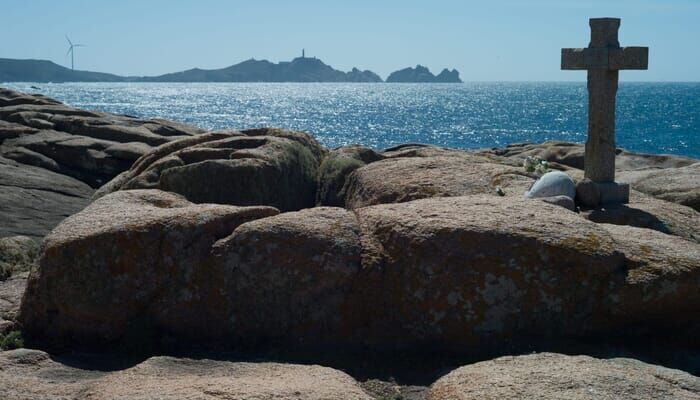
360°GEO - Report accompanies goose barnacle fishermen on a trip to the deadly cliffs. But even there, the goose barnacle population is declining rapidly.Their working district is the "Costa del Morte" - the "Coast of Death", where the oil tanker "Prestige" split apart in 2002. Here, the waves of the Atlantic are often lashed against the rocks by northwest gale force 8 winds.Their working district is the "Costa del Morte" - the "Coast of Death", where the oil tanker "Prestige" split apart in 2002. Here, the waves of the Atlantic are often lashed against the rocks by northwest gale force 8 winds.
-
15:40
Out Of Town Adventures (Out Of Town Adventures)
Out Of Town Adventures (Out Of Town Adventures)
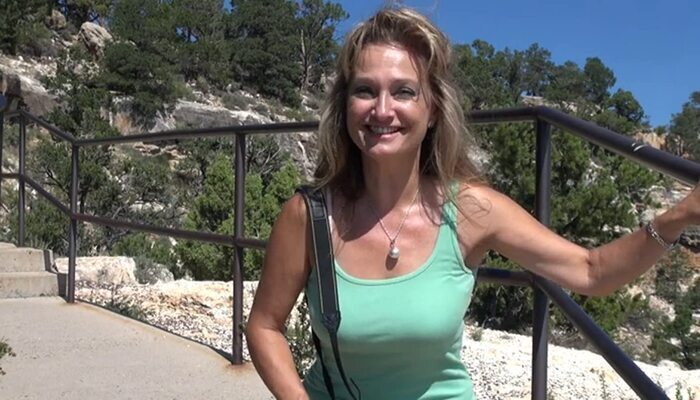
Outta Town Adventures travels both near and far to discover the best advenures the destinations have to offer. This TV series is dedicated to presenting history, culture and geography in a fun and pisitive way. It encourages people to explore this beautiful world - something that starts with simply getting out of town!
-
16:05
Street Football In My Country (Street Football In My Country)
Street Football In My Country (Street Football In My Country)
Street Football is a worldwide phenomenon that can be played by anyone, no matter their age, their gender or where they come from. It can be played anywhere, no need for a stadium, white lines, green grasses or even shoes ! In each episode of these series we take you to an emerging country where Football has become a way of helping children and bringing hope by life changing their habits. Discover the attaching portraits of these children that might one day become some of the greatest players in the world just like before them C. Ronaldo, Messi, Neymar and so many others.
-
16:30
The Glass Eye (The Glass Eye)
The Glass Eye (The Glass Eye)
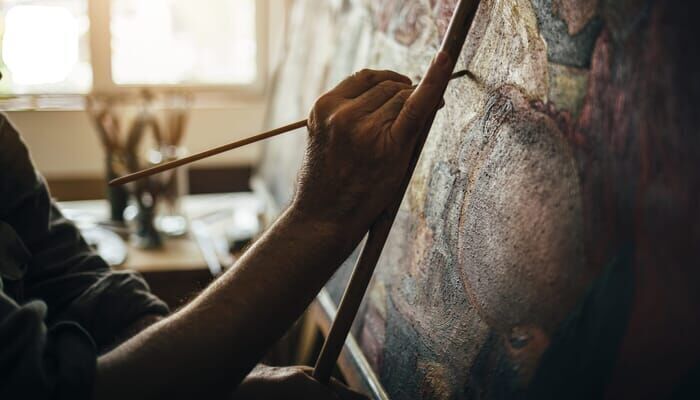
For the first time in medical history a patient with Alzheimer's disease managed to communicate his thoughts and feelings from the inside of the disease. William Utermohlen painted the slow and methodical destruction of his brain. With poetry and tenderness, this documentary shows us the painter and his work near-at-hand the creative process.
-
17:00
Gannets - The Wrong Side of the Run (Gannets - The Wrong Side of the Run)
Gannets - The Wrong Side of the Run (Gannets - The Wrong Side of the Run)
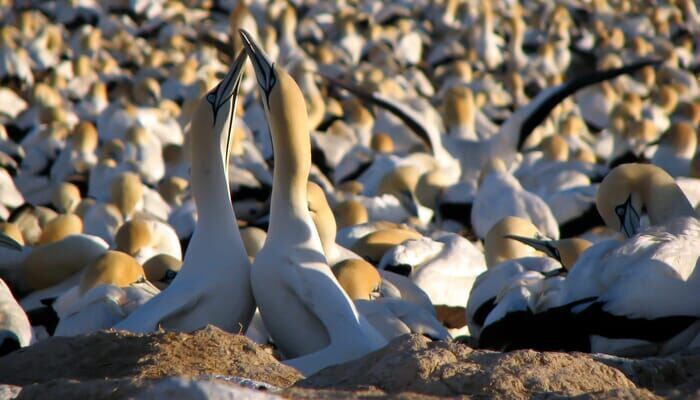
At the tip of Africa two oceans collide, creating one of the most productive eco-systems on the planet. Here, one of the largest shoals of fish known to man form the basis of two food chains that split and extend for 100's of miles. After the sardines part at Cape Agulhas, each shoal passes it's own critical point. On the west coast of Africa, this is Malgas Island, a traditionally energetic hub of life dominated by the presence of the supreme sardine hunter, the Cape gannet. On the opposing coast, the shoals pass Bird Island, the eastern equivalent of Malgas. Circumstances on the two bird colonies are very different; on the west we see dwindling numbers of sardine, whilst on the east, Bird Island is the inverse. While the Malgas Gannets battle to raise chicks amid skirmishes by Kelp gulls and hungry seals, the Bird island gannets move to intercept huge volumes of sardines. What transpires is one of the greatest marine feeding events on the planet, and in these two parallel scenarios, we see how one environment is mutating under pressure, while the other experiences a bumper season. Will the gannets of Malgas island adapt to their changing world? Can the disappearing sardine stock survive, and in turn support the wide array of marine predators that rely heavily on it. The breath-taking landscape, action and predation sequences are strengthened by solid natural history behaviour with an environmental comment.
-
17:55
Race of Life (Race of Life)
Race of Life (Race of Life)
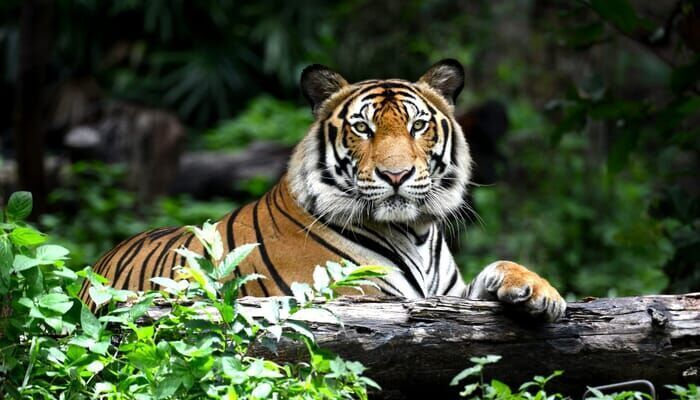
Predator versus prey: in this instalment we analyze three attack-escape scenarios involving bird predators and their prey. One is the climbing flight escape, another is horizontal speeding, and thirdly, there is turning and diving to avoid capture. Predator and prey attack-escape behaviour is another outcome of the evolutionary arms race. There is something about birds of prey that make us pay attention – maybe it is the inherent fear we all have that one will attack us – or perhaps it is just because they are seldom seen by most westerners. Regardless, birds of prey are fascinating and in this episode we examine of some of the largest, mightiest and most spectacular raptors from around the world. We'll watch with fascination the Eagle, a large bird of prey that is a skilled hunter and highly efficient killer. These elegant predators do their best work in large open spaces, where they can fly high and see for miles and miles. Meanwhile, the fastest living animal on land, sea or sky is also a bird of prey. The peregrine falcon can be found from the arctic to the tropics, and for centuries has been a symbol of prestige. At the other end of the scale is a bird that strips a carcass to down to its skeleton in search of a meal. The presence of a vulture is often seen as a sign of impending doom. But it's a case of whatever gets you through: the vulture too, is just trying to stay one step ahead, in the race of life.
-
18:25
Race of Life (Race of Life)
Race of Life (Race of Life)
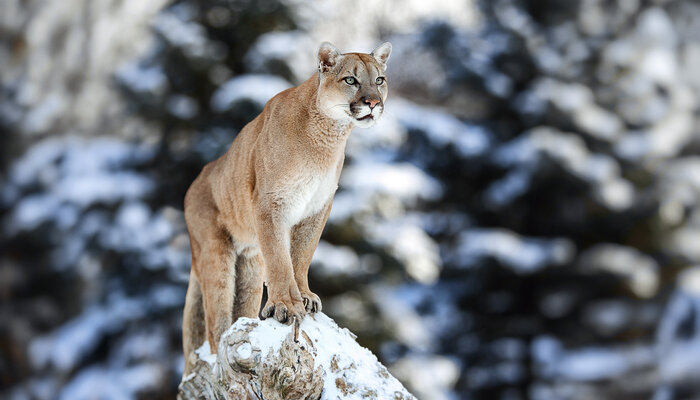
Crocodiles , like all living reptiles, they are descended from animals that roamed the Earth about 250 million years ago. There's something so viscerally terrifying about these creatures that lay in wait for their prey, just under the waterline. The comparatively friendly seeming turtle is among the most ancient of the reptiles alive today and have a protective shell that encloses their body and provides protection and camouflage, just as it did millions of years back. They inhabit terrestrial, freshwater, and marine habitats and are found both in tropical and temperate regions. Poisonous or harmless, large or small, all snakes - from the desert rattlesnake to the dwarf pipe snake - have certain things in common: a long, thin shape; scaly, legless bodies; and unblinking, lidless eyes. Like all reptiles, snakes rely on the heat of the sun to control their body temperature. The venom of the king cobra, the world's largest poisonous snake, is strong enough to kill an elephant. Lizards have developed their own adaptations – some lose their tail when in danger, as a means of escaping from a predator. In time the tail will grow back again. The tail they leave behind will move and confuse the predator. What grows back will be slimmer and often a different color. For all these creatures, cold blood is definitely a competitive edge.
-
18:55
Argan Oil: The White Gold Of Morocco (Argan Oil: The White Gold Of Morocco)
Argan Oil: The White Gold Of Morocco (Argan Oil: The White Gold Of Morocco)

This report follows the process of making Argan oil, beginning with the harvest and ending with the cooperatives working for the international market. Made from the nuts of the Argan tree, which grows almost exclusively in the Essaouira region of Morocco, Argan oil has become one of the latest miracle ingredients of the beauty industry in Europe. Publicity is created around the fact that this oil is made by Berber women. But who are they? How do they live? And how hard is their work? We accompany these women in their daily lives and take part in their traditions.
-
19:50
Organic Panic (Organic Panic)
Organic Panic (Organic Panic)
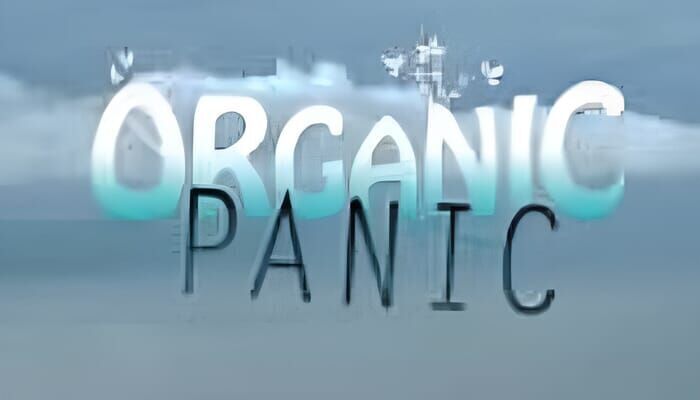
Food and agriculture are the front lines of the organic revolution. What you eat and how it's grown affects not just your life, but the lives of every person on the planet. Trauma nurse Stew Granger grew up on a farm and wants to return to his roots, but has questions about food politics and safety. \nSarah Elton, bestselling author and organic food activist, takes Stewart on a tour of a local organic market and explains how organic food is the only way to feed the planet and keep everyone from farm to table healthy and secure. Stewart meets economist and food geographer Professor Pierre Desrochers at the University of Toronto. The academic rejects the activist's claims and insists that intense, technological, industrial farming is the only way to feed a global population. Stewart decides that organic food is the compassionate choice.
-
20:15
Organic Panic (Organic Panic)
Organic Panic (Organic Panic)

Fashion isn't just about adornment and style. What you wear can change the lives of people around the world, for better or worse. In this episode we look at how local designers and global chains respond to the growing demand for organic fashions. Furniture designer Lisa North is passionate about her personal style, but wonders if her clothes were made at the expense of garment workers' health and safety. Kelly Drennan, founder of Fashion Takes Action, a group committed to reforming the fashion industry, explains how toxic materials and waste from conventional clothes pollute the earth and cost you money. Emily Scarlett, PR manager for H&M takes Lisa on a tour of their private showroom and makes the case for a corporate giant doing more to promote organic materials than anyone else. Lisa's love of vintage clothes inspires her to simplify a complex problem.
-
20:40
Tuning 2 You: India's Lost Musicians (Tuning 2 You: India's Lost Musicians)
Tuning 2 You: India's Lost Musicians (Tuning 2 You: India's Lost Musicians)

In the world's oldest city of Varanasi, Soumik explores a neighbourhood that has produced five generations of Indian classical masters. He meets widowed women singers who have committed their lives to the Hindu God, Shiva, and a young drummer with the talent to make it big. Dedication to fading classical arts is formidable in this timeless city of religion, tradition and rising commercial interests.
-
21:15
The Leopard's New Spots (The Leopard's New Spots)
The Leopard's New Spots (The Leopard's New Spots)
The Leopard's New Spots is a documentary film about one man's mission to halt the alarming decline in southern Africa's leopard populations due to a widespread skin trade. Traditionally, only the Zulu royals have been allowed to wear leopard skins. However, in the last three decades the Shembe Church, a four million strong religious group, has adopted the skins into their ceremonial costume. The demand for leopard skins is now astronomical. Because the use of skins is so wide spread and culturally entrenched, law enforcement seems helpless to police this trade in a protected species. It has become, in one researchers words, 'a major conservation blind spot'. Leopard researcher Tristan Dickerson believes that you can't save the leopard without the support of the Shembe people. The film follows Dickerson as he travels from the heart of leopard country to the heart of Shembe and Zulu culture in an effort to discover a solution that benefits all parties. His best solution turns out to be fake fur. Bad fakes are commonly used by church members while they save for the expensive real thing. Dickerson believes that if he can produce a high quality, affordable fake fur, and gain the endorsement of the powerful leader of the Church he can turn the tables in favour of the leopard.
-
22:10
Bolivia Highway Of Death (Bolivia Highway Of Death)
Bolivia Highway Of Death (Bolivia Highway Of Death)
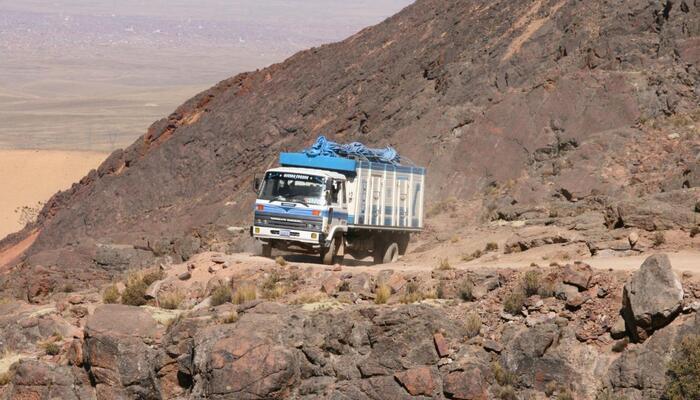
Bolivia is a country of contrasts: the Andes with peaks of 5,800 meters in the West and the Amazon basin in the East. In between: the Yungas region and the most dangerous roads in the world - the workplace of trucker Julio Gustavo and his old Volvo. Julio is in his early 40s and is a truck driver in Bolivia. Driving trucks is his passion, but he cannot get used to the traffic on the new freeways. He still prefers the famous dirt road, barely 3 meters large. Because of the elevated accident and death rate, it is still known today as the "Carretera de la Muerte" or "Highway of Death".
-
23:05
Speed Kills (Speed Kills)
Speed Kills (Speed Kills)
On the surface, the black lagoon looks peaceful. But dip beneath and a murky world of twisted mangrove roots and seagrass beds is revealed. A dark realm of freakish killers waiting to unleash bursts of speed.\nThe otherworldy Mantis Shrimp has spears for arms. Eels make lightning fast strikes with their alien jaws. And a Bullshark's stolen meal leads to a feeding frenzy of Blacktip sharks.\nThere's a lot more happening here than the calm veneer suggests.
-
00:00
Wild Australia with Ray Mears (Wild Australia with Ray Mears)
Wild Australia with Ray Mears (Wild Australia with Ray Mears)
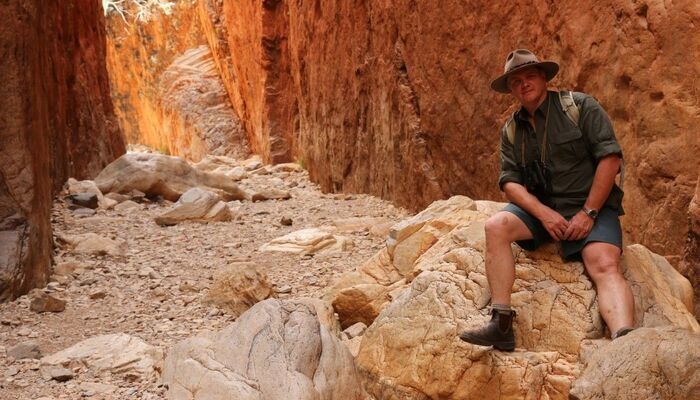
In Victoria just south west of Melbourne in the You Yangs National Park Ray Mears meets up with researcher Janine Duffy in a dry eucalyptus forest. They go in search of koalas and find a young male who nervously tries to establish his own territory.Ray moves down to the open grasslands and tracks a mob of Eastern Grey kangaroos. He visits the Mount Rothwell Conservation Reserve and meets an unusual marsupial – a predator – that is almost extinct on the mainland of Australia – a Tiger Quoll – smaller relative of the Tasmanian Devil. Finally Ray journeys through a Wet Eucalyptus forest to Lake Elizabeth and canoeing across the quiet waters finds himself surrounded by rare and unique duck billed platypuses
-
00:30
Wild Australia with Ray Mears (Wild Australia with Ray Mears)
Wild Australia with Ray Mears (Wild Australia with Ray Mears)

Ray starts by hitching a lift on a research crane to get a bird's eye view over the Rainforest; from there, he can see the geographical position responsible for this lush vegetation: mountain range in the west and the sea in the east. He then goes down to the ground, delving into the heart of the jungle, he comes across millennial trees, camouflage spiders and a miniature dinosaur, the Boyd's Forest Dragon. He pursues his journey by travelling on a zipwire with wildlife expert, Justin McMahon. Together they observe life in the canopy. Meanwhile, Ray's cameraman Martin Hayward Smith has been filming an animal that can only be found in this part of the world: the Bennett's tree kangaroo, a cute marsupial that lives like a monkey.
-
01:00
The Child Police From India (The Child Police From India)
The Child Police From India (The Child Police From India)
According to an Indian law, on the death of a policeman his title is transmitted to his eldest son. He is officially considered a police officer, even if he is still a minor. Thus it happens that 4-year-old children work in khaki uniforms, doing simple tasks such as preparing coffee and filing files. Thus a salary is guaranteed to families who have lost their head of household. The children earn the same salary as their father. At 18 they do not need to pass a competition to be admitted to the police, but can be integrated into the service immediately. Under conditions that they have finished school and are at least 1.68 meters tall.